Have you ever been frustrated by pests attacking your valued plants, prompting you to seek solutions? As a seasoned gardener, I’ve definitely had my fair share of run-ins with aphids, mites, and other unwanted creatures.
Over the years, I’ve realized that the most effective solution is often the simplest one: homemade, natural insecticides. They’re not only effective, but also safe for your plants, beneficial insects, and the environment.
Let me share my favorite recipes and how they’ve transformed my garden into a pest-free area.
Garlic Insecticide
Garlic includes sulfur compounds, such as allicin, known to repel insects and possess antibacterial and antifungal qualities. These compounds interfere with the insects’ nervous systems, causing them to retreat. I once rescued a whole row of tomato plants by using this simple spray.
Ingredients
- 3 garlic cloves
- 1 liter of water
- 1 teaspoon of neutral soap
How to Use
Begin by crushing the garlic and mixing it with water. Then, let the mixture sit overnight to release the sulfur compounds. Afterwards, strain to remove the solids and add neutral soap to help the solution adhere to the plants.
Apply the mixture onto the leaves, especially underneath where pests typically hide. Repeat the application every 7 to 10 days or after a rainfall.

Potassium Soap (or Castile Soap) Insecticide
For delicate plants, potassium or castile soap offers a gentle yet effective choice against aphids, mealybugs, and mites. I’ve successfully used it on my indoor ferns; it works wonders without leaf damage.
Potassium soap encompasses fatty acids, disrupting the membranes of soft-bodied insects like aphids and mealybugs, leading to dehydration.
Ingredients
- 1 tablespoon of liquid castile soap
- 1 liter of water
How to Use
Combine the soap and water in a spray bottle. Shake thoroughly and apply to affected plants, covering all leaves, stems, and any visible pests.
Apply in the early morning or late evening to prevent leaf burn. For continuous protection, reapply weekly.
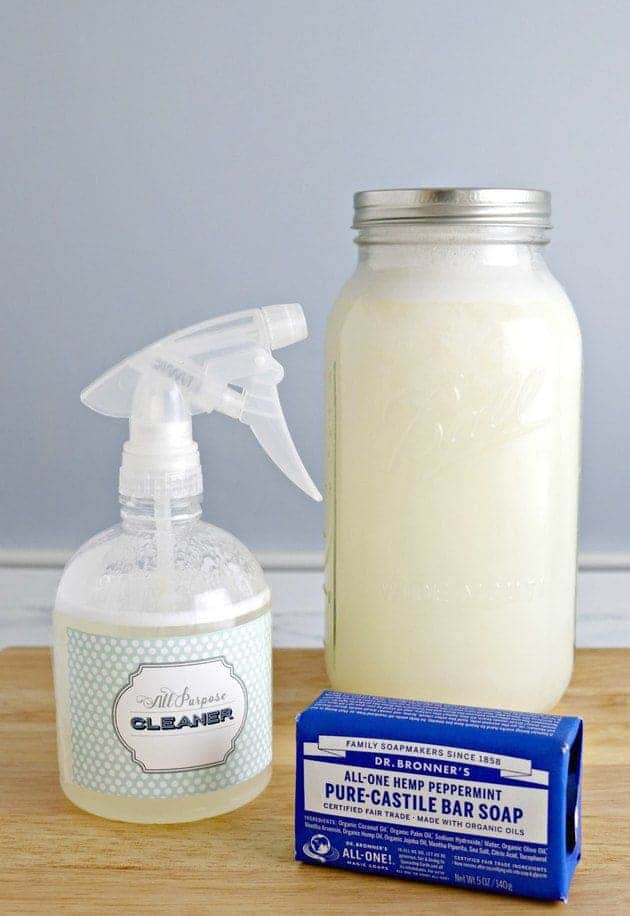
Chili and Pepper Spray
When dealing with tougher pests, chili and pepper spray becomes essential. Capsaicin, found in chili and peppers, acts as an irritant and insect repellent. It proves particularly effective against chewing pests like caterpillars.
Ingredients
- 1 tablespoon of chili powder or red pepper
- 1 liter of hot water
- 1 teaspoon of neutral soap
How to Use
First, mix chili powder and hot water and allow to steep for several hours to extract the capsaicin. Strain this mix, then add soap.
Spray directly onto leaves and stems paying attention to areas with visible pests. Wear gloves while handling this solution because it’s spicy!
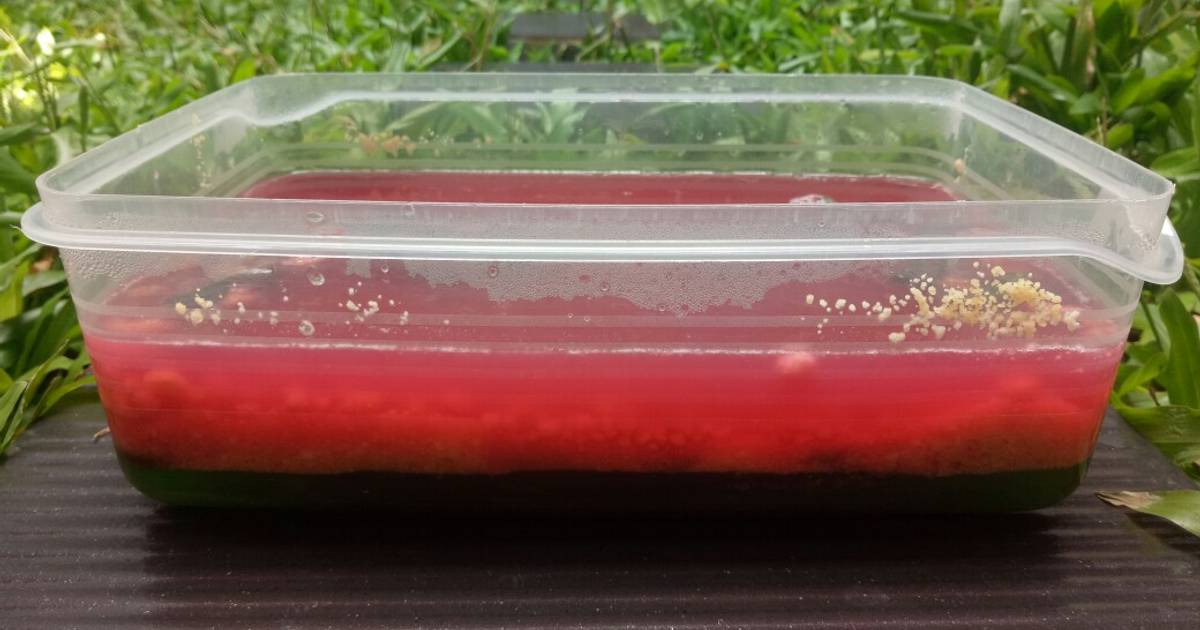
Neem Oil Insecticide
Neem oil contains azadirachtin, a natural substance that hinders the feeding and reproduction of pests, including mites, aphids, and whiteflies. It also offers fungicidal benefits.
Neem oil stands out in my garden. It effectively targets numerous pests, from whiteflies to mites, and even provides fungicidal properties. I always have a bottle ready for my vegetable garden; it’s never let me down.
Ingredients
- 2 teaspoons of neem oil
- 1 liter of water
- 1 teaspoon of neutral soap
How to Use
Combine all components in a spray bottle and shake well. Apply the mixture to the entire plant, ensuring all leaves (particularly undersides), stems, and any visible pests are thoroughly covered.
Apply every 7–14 days as a preventive measure or immediately once pests are noticed.
:max_bytes(150000):strip_icc()/pyrethrin-insecticide-definition-1902891_Hero1-386797349e94413b8133a93e8008a582.jpg)
Alcohol Insecticide
When scale and mites resist removal, my solution is isopropyl alcohol. It dries out pests and their eggs, providing a fast, effective remedy. I’ve successfully used it on my succulents, but sparingly.
Ingredients
- 1 part isopropyl alcohol (70%)
- 1 part water
How to Use
Combine alcohol and water at a 1:1 ratio. Spray directly onto visible pests, such as scale insects and mites.
Always test the solution on a small area of the plant first to check for possible damage. Use sparingly, as over-application can damage sensitive plants.
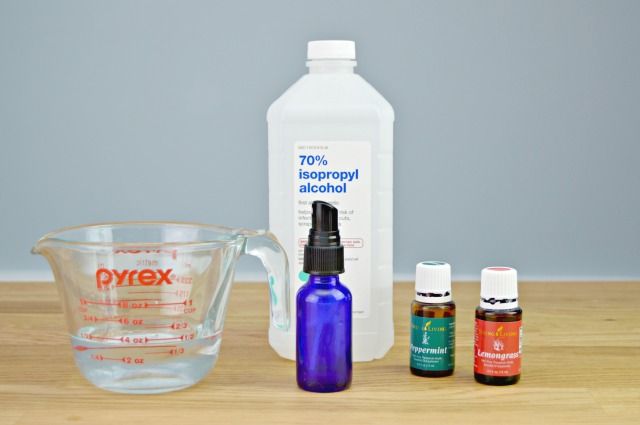
Citrus Peel Spray
If you seek a natural repellent that is suitable for all plants, then citrus peel spray presents an optimal solution.
Citrus peels possess limonene, a natural compound that deters pests such as aphids and whiteflies by interfering with their respiratory functions.
Ingredients
- Peels from 4–5 lemons or oranges
- 1 liter of hot water
How to Use
Soak citrus peels in hot water for a full day to draw out the limonene; then, strain the mix and pour into a spray container.
Generously apply to plants, focusing on new growth where pests tend to congregate. This gentle repellent works best when used preventatively.
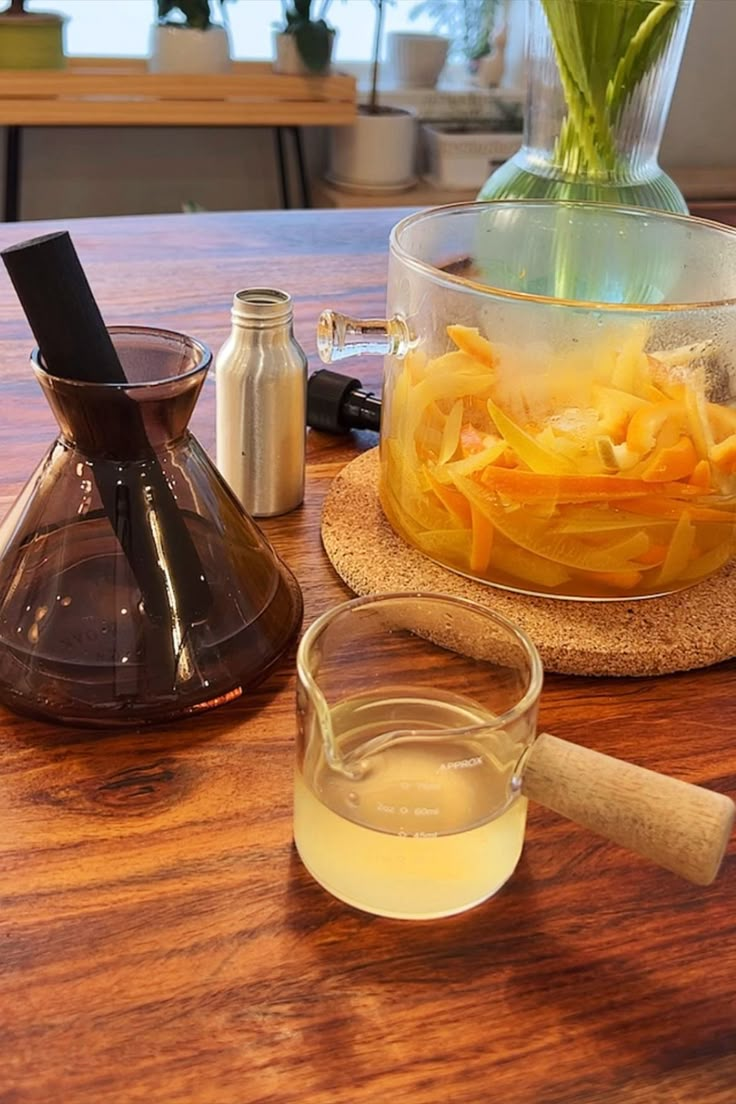
Mint and Rosemary Spray
Herbs like mint and rosemary offer natural pest-repelling qualities. They contain essential oils, such as menthol and camphor, which deter mosquitoes, aphids, and spider mites.
I regularly use this spray in my greenhouse, where it effectively keeps away mosquitoes and spider mites.
Ingredients
- A handful of mint leaves
- A handful of rosemary leaves
- 1 liter of water
How to Use
Boil the herbs in water for 10–15 minutes to draw out their oils. After cooling, strain the mixture and put into a spray bottle.
Apply on your plants, concentrating on the parts where pests are visible. Your garden will also benefit from the pleasant herbal fragrance.
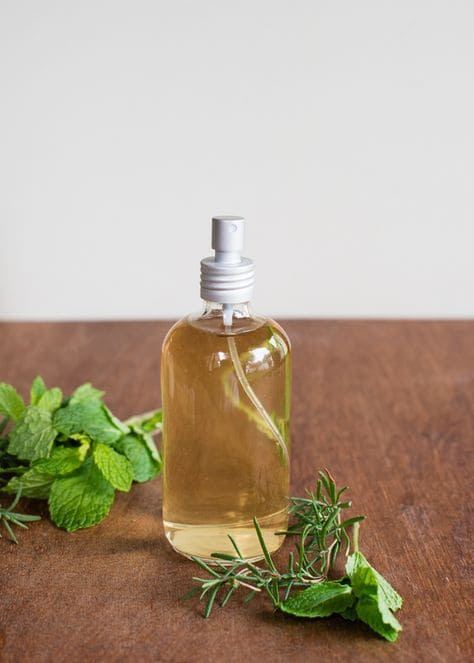
Vinegar and Water Spray
Vinegar is a common household ingredient, and its acetic acid disrupts the exoskeletons of insects, serving as a swift solution against ants, aphids, and mosquitoes. I’ve employed it to keep ants and aphids off my patio plants.
Ingredients
- 1 part white vinegar
- 3 parts water
How to Use
Simply mix vinegar with water in a spray bottle. Then, spray onto the leaves and stems of affected plants.
Avoid using excessively, as vinegar might change soil pH and may harm sensitive plants. Consider this as a focused treatment rather than a general spray.
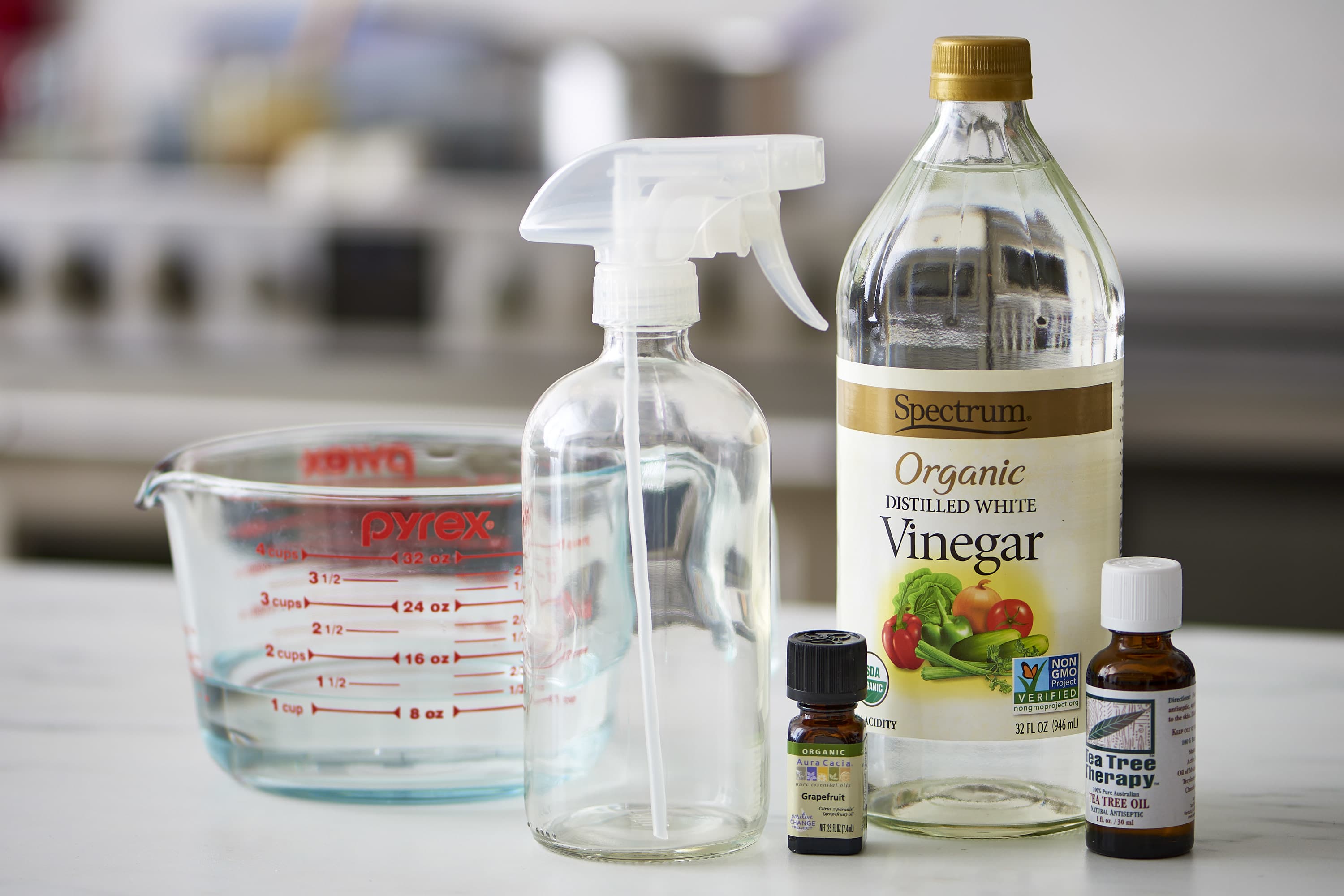
Conclusion
With these 8 powerful natural insecticides, you can protect your garden from stubborn pests without harming the environment or your plants. By using nature’s own solutions, you not only keep your garden healthy and thriving, but also create a safer space for pollinators, pets, and your family. Start integrating these natural methods today and enjoy a flourishing, pest-free garden the sustainable way!

